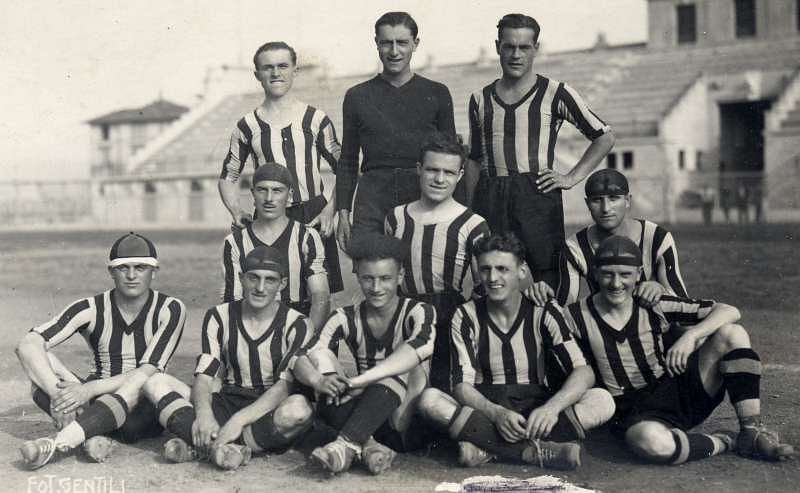
5 things you need to know about the history of Serie A

It is a common observation that every league goes through its phases of highs and lows. Case in point, the La Liga in the last 9 years and the EPL for a decade before that. Juventus, under the tutelage of Antonio Conte and their current manager Massimiliano Allegri have won 6 Scudettos on the trot and they have been consistently improving on the European stage with two Champions League final appearances in the last three years.
But apart from the Old Lady, there haven't been many Italian teams who have done exceedingly well on the European stage. The last of the good teams being the Champions League winning teams of AC Milan under Ancelotti and Inter Milan under Jose Mourinho, both of which were almost a decade back.
It shouldn't be forgotten that there was a time when the whole world used to fear clubs from the Serie A. Italy was the centre of the footballing universe during the '80s and '90s. When the Serie A was at its peak, it was packed with legends gracing the pitch every week. The league held such a high entertainment value that even the other European countries started broadcasting Serie A matches with innovative match day programmes.
Since the Calciopoli happened though, its international appeal took a hit and only the very passionate fans outside Italy regularly follow the league now. The silver lining seems to be back now with teams like Inter Milan, Roma and Napoli looking strong after years of constructive rebuilding and upgrading.
Serie A still remains one of the best leagues in the world and for this reason, let us see how it all took shape over the years.
Inception

Organised football started in Italy in the year 1898 under Federazione Italiana Giuoco Calcio (Italian Football Federation). It was played as a regional competition for a few years until the year 1921, which saw more teams pouring in. This lead to a debate between the main teams and FIGC on the number of teams to be allowed in the competition.
Eventually, there was a split and this lead to the formation of Confederazione Calcistica Italiana (CCI) which conducted the tournament with the main teams independent of the FIGC for a year (1921-1922). After a year, FIGC accepted to reduce the number of teams participating and created one single league albeit with the North and South divisions being played separately.
The Serie A as we know it formed in the year 1929 with teams across the country taking part in it. A total of 18 clubs took part in the league in its first season with Inter Milan (then known as Ambrosiana) winning the Scudetto (which means “small shield” in Italian).
The league follows a small tradition where a team with ten Scudettos can wear a star on their club's crest. Hence you see both the Milan clubs having one star above their crests and Juventus having 3.